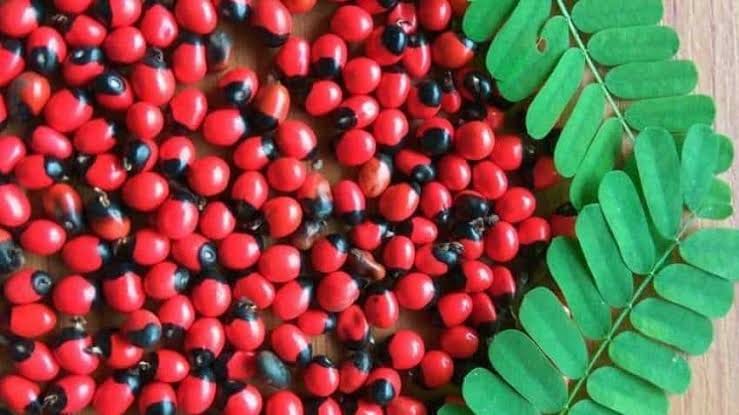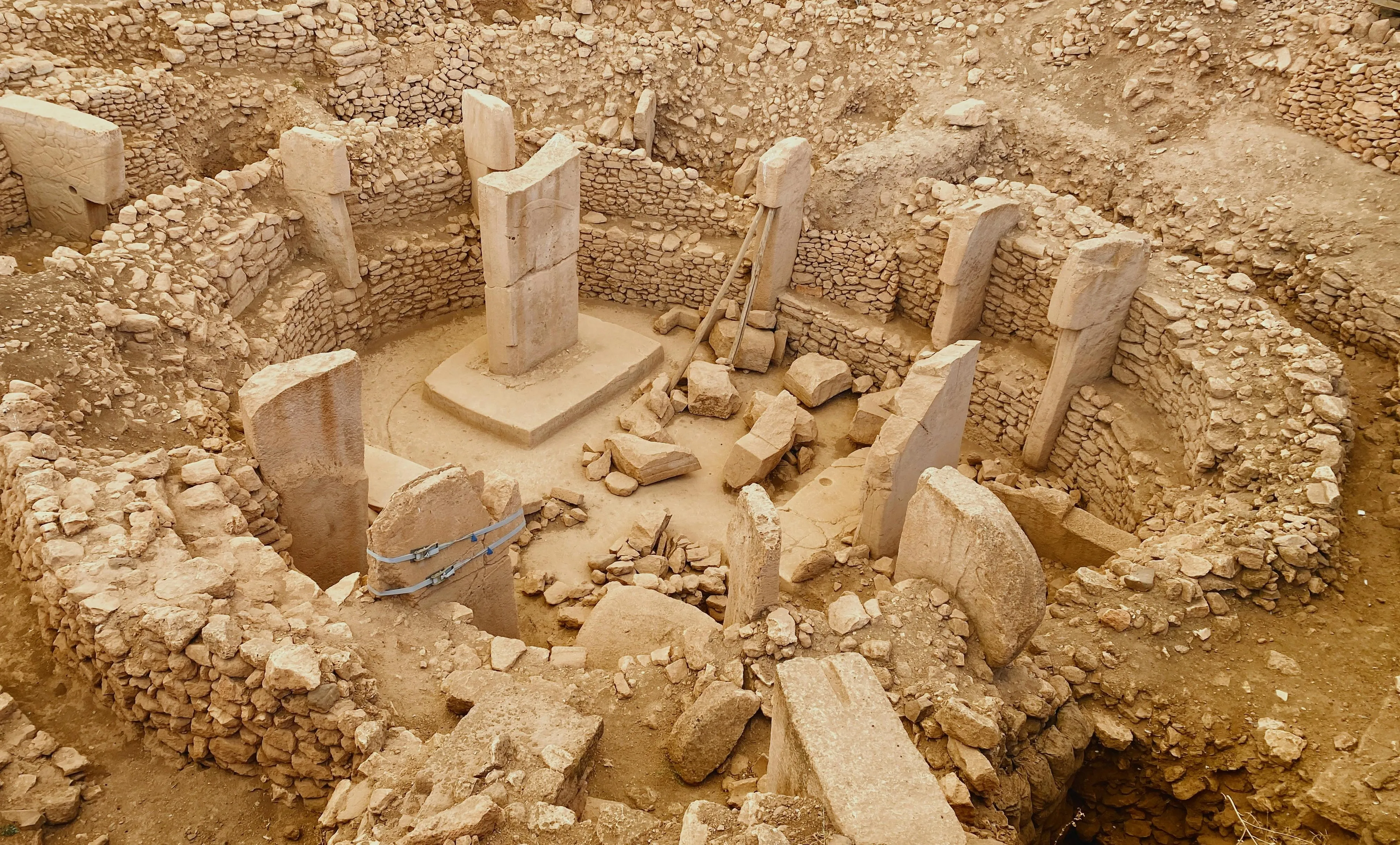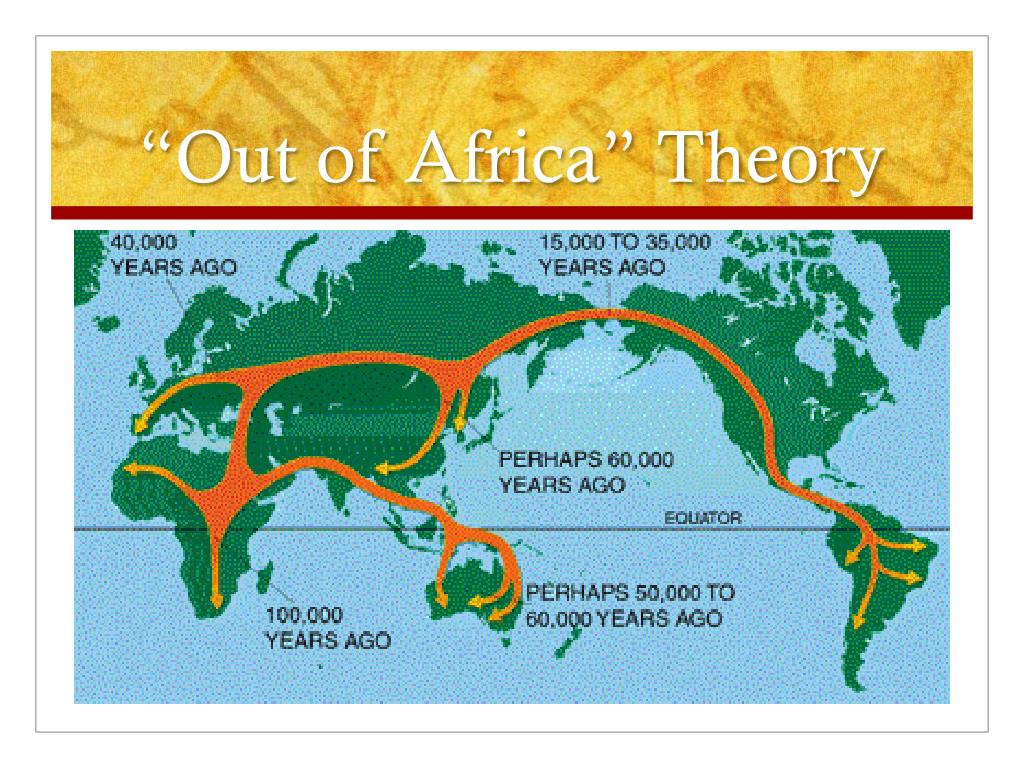History of Ratti - The Gunja Seed Measuring Unit

Introduction to Ratti
Ratti, a traditional Indian unit of measurement, has its roots deeply embedded in the country's rich history and cultural heritage. This ancient system of measurement, based on the nominal weight of a Gunja seed (Abrus precatorius), has been a cornerstone of Indian trade and commerce for centuries.
The Origins of Ratti
The Ratti system originated in the Indian subcontinent, where the Gunja seed was widely available and valued for its uniform weight. The seed, which is known for its distinctive red and black markings, was chosen as the standard unit of measurement due to its consistency and reliability.
Uniformity of Weight
One of the primary reasons for the widespread adoption of Ratti was its uniformity of weight. The Gunja seed was found to have a consistent weight, making it an ideal standard for measurement. This consistency was crucial in trade and commerce, where accurate measurements were essential for fair transactions.
Continued Use in the Indian Subcontinent
Despite the advent of modern systems of measurement, Ratti is still widely used by jewellers in the Indian subcontinent. The traditional unit of measurement has been passed down through generations, with many jewellers swearing by its accuracy and reliability. In fact, many customers in the region still prefer to use Ratti when purchasing gold and other precious stones.
History of Ratti
The Ratti-based measurement system holds the distinction of being the oldest measurement system in the Indian subcontinent, with its roots stretching back to ancient times. This system has been in use for thousands of years, with evidence of its existence found in the Indus Valley Civilization.
Origins in the Indus Valley Civilization
In the Indus Valley Civilization, the smallest weight, historically known as the "masha", was equivalent to 8 rattis. This ancient civilization, which flourished around 4000-1500 BCE, used the Ratti system for measuring weights and quantities, showcasing its significance in their daily lives.
The use of Ratti as a measurement unit in the Indus Valley Civilization highlights the advanced understanding of weights and measures during that era. The fact that this system has survived for so long is a testament to its ingenuity and the importance it held in ancient Indian society.
Understanding the Metric Ratti
The Ratti, a traditional unit of measurement, has its roots in ancient times. To appreciate its significance, let's delve into the metric Ratti and its modern applications.
Defining the Traditional Ratti
One traditional Ratti is approximately 0.182 grams or 0.91 carats. This unit of measurement has been used for centuries, particularly in the context of weighing precious stones and metals.
The Emergence of the Metric Ratti
The Metric Ratti is an adaptation to standardize the traditional measure in the context of modern metric units. This evolution aims to bring clarity and consistency to transactions involving precious commodities, ensuring a uniform understanding among traders and consumers alike.
Uses of Gunja Seeds
Gunja seeds, also known as Ratti, have been an integral part of ancient Indian culture and trade. These small seeds have played a significant role in various aspects of life, from commerce to medicine.
Measurement Unit
One of the primary uses of Gunja seeds is as a unit of measurement. In ancient India, 1 Gunja seed was equivalent to 125 mg of weight, making it a standardized unit for measuring small quantities of goods, particularly spices, spices, spices, and other valuable commodities. This system of measurement was widely accepted and used in trade and commerce.
Ayurvedic Medicines
Gunja seeds are also used in Ayurvedic medicines, but only after a detoxifying process. The seeds contain a toxic compound that needs to be removed through a series of treatments before they can be used for medicinal purposes. Once detoxified, Gunja seeds are used in various Ayurvedic preparations to treat different health conditions.
Conclusion
Ratti, based on the weight of the Gunja seed, is an ancient and reliable unit of measurement still in use today. This age-old system has stood the test of time, and its continued usage is a testament to its accuracy and dependability.
Uniformity and Reliability
One of the primary reasons for the enduring popularity of Ratti is its uniformity of weight. The Gunja seed's consistent weight makes it an ideal measuring unit, ensuring precise calculations and minimal errors. This level of reliability has made Ratti a highly favoured measurement system in the Indian Subcontinent, particularly in traditional medicine and trade.
Enduring Legacy
The continued use of Ratti in modern times speaks to the ingenuity and foresight of our ancestors. In an era where digital measurements dominate, the Ratti system remains a vital link to our cultural heritage, connecting us to the wisdom and traditions of the past.


















Comments ()